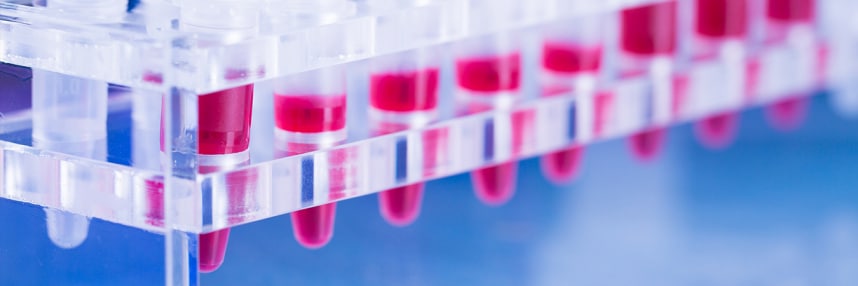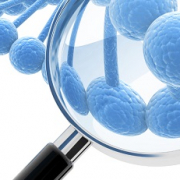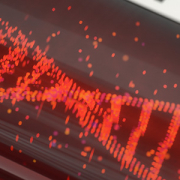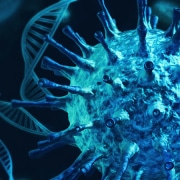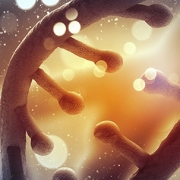World-first gene therapy trial for Hunter syndrome opens
We explore a new treatment that aims to cross the blood-brain barrier for the first time in Hunter syndrome
A new gene therapy for Hunter syndrome, a rare genetic condition, is taking a novel approach to getting a key enzyme across the blood-brain barrier.
A two-year trial, which has now been approved by the UK Medicines and Healthcare Products Regulatory Agency (MHRA), will be carried out at the Royal Manchester Children’s Hospital and has two main aims: to reduce or remove reliance on enzyme infusions, and to treat the brain-related decline that is not prevented by existing treatments.
What is Hunter syndrome?
People with Hunter syndrome lack a working copy of the gene that encodes an important enzyme, iduronate-2-sulfatase (IDS). IDS is necessary to break down complex sugar molecules and when it does not function, molecules called glycosaminoglycans accumulate in tissues all around the body causing a wide variety of symptoms. These include heart and lung problems, hearing impairment, bone and joint issues, and progressive developmental decline including loss of memory function and learning ability. The condition is also known as mucopolysaccharidosis type II (MPS II) and belongs to the wider group of lysosomal storage diseases.
Around 80 people in the UK, predominantly boys and men, are thought to be affected by the condition. Hunter syndrome is currently incurable, and children with a severe form of the condition usually die in their teens, although there is also a form with milder cognitive decline where patients can live to adulthood and middle age.
Clinical trial opens
The two-year trial at the Royal Manchester Children’s Hospital aims to recruit five infants between 3 and 12 months old who have a confirmed diagnosis of severe Hunter syndrome, and who must be enrolled before developmental decline begins.
The children participating in the trial will continue to receive standard treatments, but if the gene therapy is successful, it is hoped that these will become unnecessary.
The gene therapy was developed by Professor Brian Bigger and his team at the University of Manchester. It involves removing some blood-making stem cells from the children’s bone marrow, inserting a working copy of the IDS gene, and then returning them. The treated cells settle back into the bone marrow where they should go on to produce blood cells that can manufacture the IDS enzyme and distribute it throughout the whole body.
Across the blood-brain barrier
Current treatment for Hunter syndrome involves patients receiving infusion of the IDS enzyme, usually once a week. These infusions can help break down the accumulated glycosaminoglycans and can help alleviate symptoms and slow disease progression. However, the enzyme does not cross the blood-brain barrier, so the treatment does not help with cognitive or developmental symptoms.
Because normal IDS cannot cross the blood-brain barrier, the gene that is inserted into the blood cells has an extra sequence, so it produces a protein that is designed to interact with key receptors facilitating its transport into the brain.
“This is a next generation stem cell gene therapy approach, which allows transit of the IDS enzyme into the brain… where it is most needed,” said Professor Bigger.
In mice, the treatment resulted in a “dramatic improvement…including normalisation of working memory problems” but this trial will be the first time the approach is tried in humans. The team hopes to bring the same benefit to affected children.
Further reading: Gene therapy trial for Hunter syndrome


